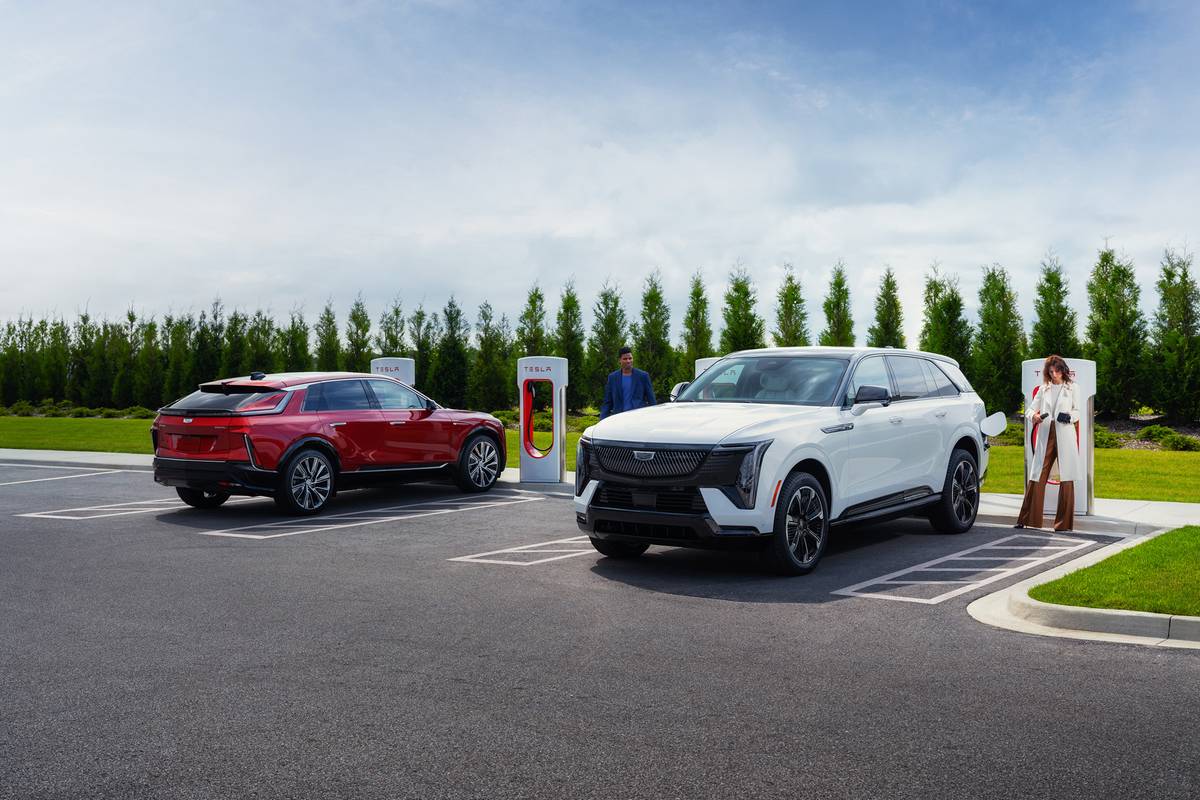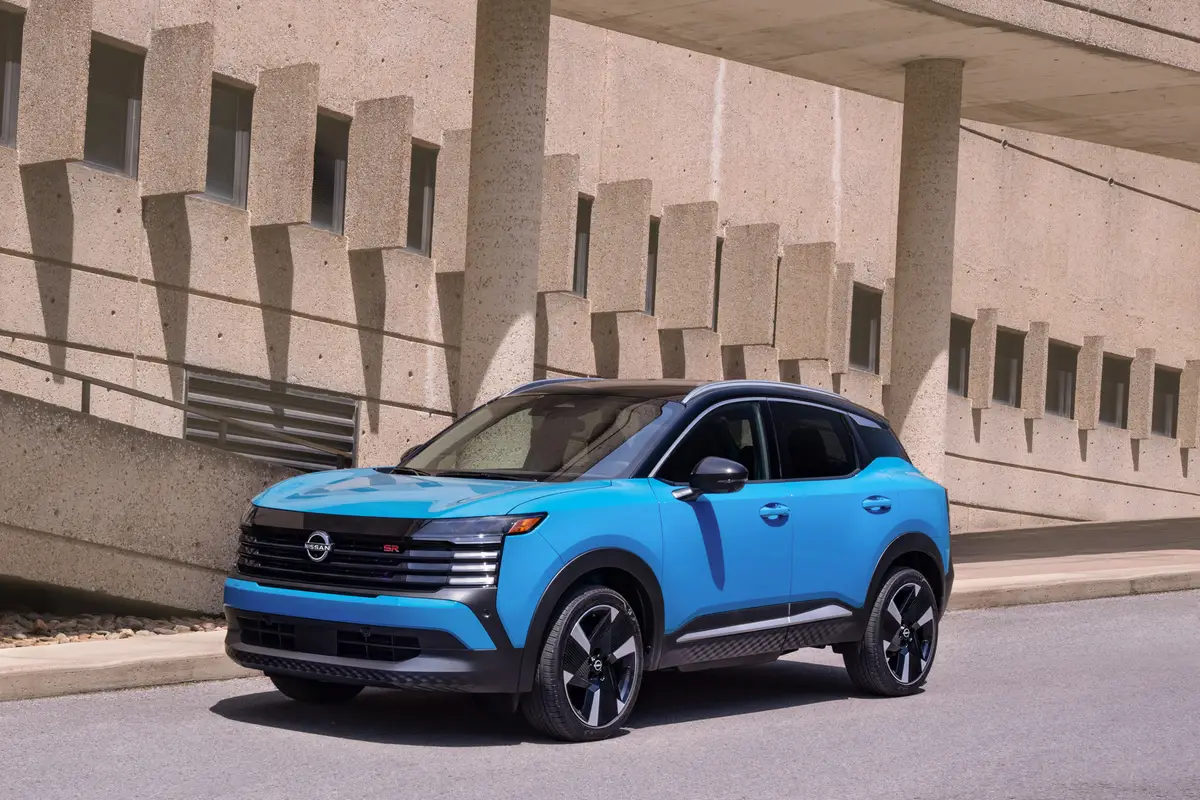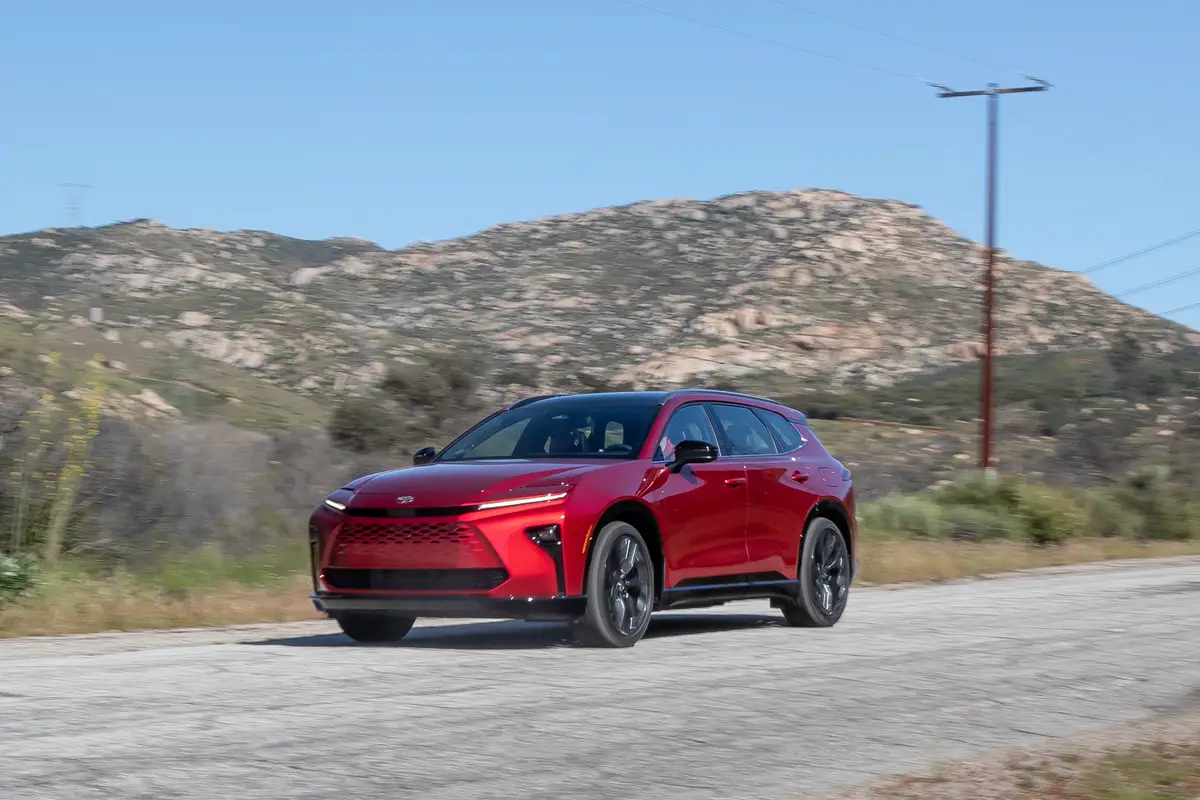Boston.com's view
In the automotive marketing world, everyone’s looking for an edge.
Ford, however, already owns the edge that starts with a capital ‘E,’ and the latest version of that 2011 Ford Edge crossover is notably better than its predecessor.
We wondered about the Edge name when Ford introduced this mid-sized SUV/crossover as a 2007 model. No more.
There’s a reason why Alan Mulally, Ford’s president and CEO, in January will be delivering a keynote address for the third consecutive year at the International Consumer Electronics Show in Las Vegas. It’s because he’s committed to making Ford’s vehicles cutting edge (that word again) “mobile devices.”
Under Mulally’s leadership, the company has done a remarkable job of upgrading the Ford brand. The Ford lineup includes new powertrains and fluid designs, plus the technological advances in the “MyFord Touch” system. If you’re wondering why Ford eliminated its Mercury brand, you need look no further than this Ford lineup.
These new Fords left little room for any Mercurical maneuvering to upgrade the product; indeed, there’s plenty of in-house work going on at FoMoCo to figure out how to attain enough degrees of separation between top-echelon Fords and the Lincoln brand.
For 2011, the Edge comes in four versions: SE, SEL, Limited, and Sport. Our test Edge was and all-wheel-drive version of the SEL model. It was powered by the standard 3.5-liter V-6, mated to a six-speed automatic transmission with a button-controlled “SelectShift” feature.
The V-6, which is rated at 285 horsepower and 253 lb.-feet of torque, did a solid job of moving the Edge’s 4,265 pounds through nearly 500 miles of varied driving around New England. It used regular gas and gave us 21.8 miles per gallon.
On the road, both handling and braking reflected system upgrades in place for the 2011 models.
The base price of the SEL is $32,070. Options included the MyFord Touch with SYNC, a rear-view camera, and red candy metallic paint for a final sticker price of $34,240 (including $775 destination).
Acceleration was adequate for merging and passing, and the SelectShift feature was easy to use and welcome in several situations, including using engine braking and staying in formation during a 15-mile funeral procession. AdvanceTrac stability control along with Roll Stability Control (RSC) is standard across all trim levels. So are side-impact and safety canopy airbags plus dual-stage front airbags with driver seat positioning and crash severity sensing systems.
A bigger version of the V-6-the 3.7-liter, 305-horsepower engine out of the 2011 Mustang-is standard in the Sport model. Ford plans to make the turbocharged EcoBoost 2.0-liter I-4 engine available in the Edge in coming months. That is projected to return 21 mpg city and 30 mph highway.
On the outside, the Edge continues the move to a bolder (note the big grille) and more flowing (gone is the boxy look) design. The headlights blend into the front fenders and are set off with striking vertical LED parking lights.
There’s no third row of seats, leaving the Edge as a five-passenger vehicle. The tradeoff is one we like-plenty of legroom in the rear seat and lots of cargo space. The 32.2 cubic feet behind the second seat becomes 68.9 cubic feet with the second row folded, which can be accomplished by buttons in the cargo area or one-touch levers by each rear door.
The rearview camera is a great plus in driving a crossover or SUV. We’d have liked to have the cross-traffic alert system, too. However, that’s only available as part of a package with the BLIS (Blind Spot Information System), a nice feature but one rendered unnecessary by Ford’s now-standard convex inserts in both the driver’s and passenger’s side mirrors.
A final word about the MyFord Touch system. I’m not totally sold on the feature – yet. I admire the three screens (one on each side of the instrument panel and the big one on top of the center stack). And there are the matching five-button controls on each side of the steering wheel. And yes, I looked through the 50-page easy-start manual and spent an hour in Dearborn with several Ford engineers.
Those folks could make the system dance, achieving the same result at times by giving the command three different ways. But not me.
For me, there are still too many menus and options. I suspect most users will be similar to me at first-able to synch and use a cell phone with Bluetooth, adjust climate and radio by either touch screen or button.
But the smart-aleck system refuses to recognize my voice. I say one thing, it wants to do another. Ford says it will learn my individual inflections, but I’m still waiting.
For sure, it’ll keep getting better … and I’ll learn because technology isn’t going away.
That’s Ford’s Edge.
Latest news



